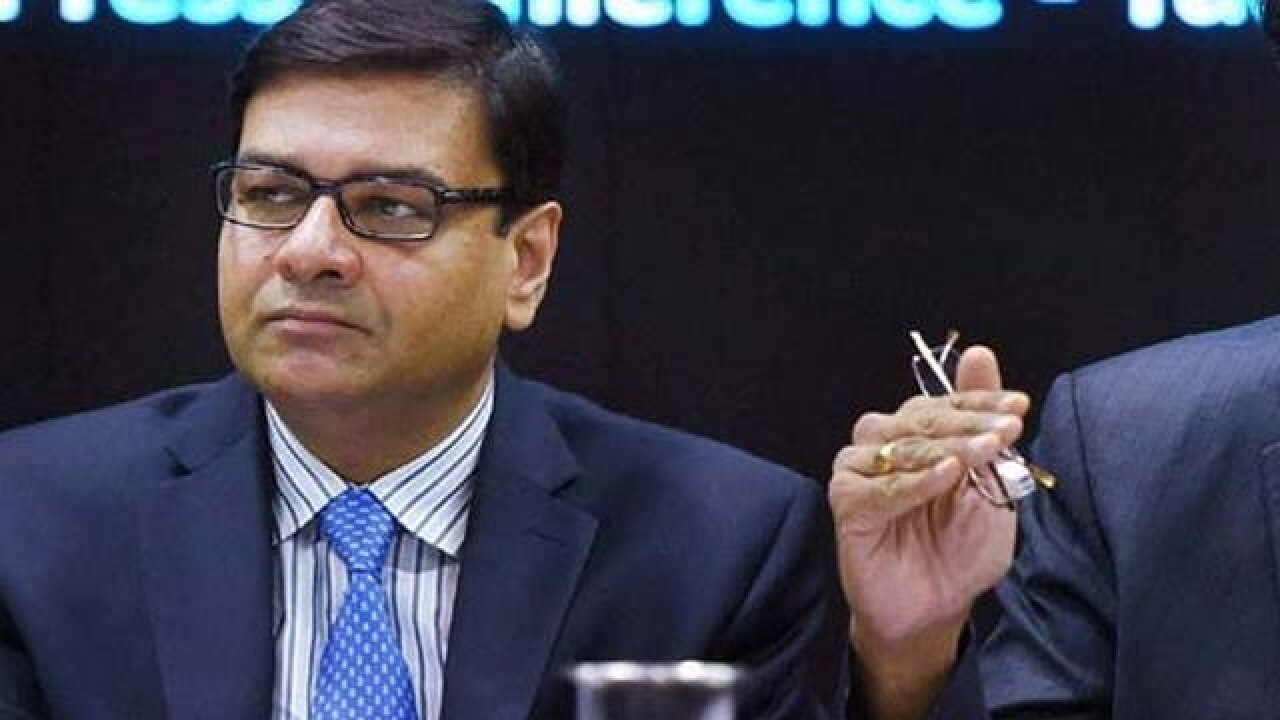
Prime Minister Narendra Modi and Union finance minister Arun Jaitley seem to have weighed the options well and chose Reserve Bank of India Deputy Governor Urjit Patel to succeed Raghuram Rajan. The speculation was, a valid one at that, that the government may opt for a man who would give more elbow room by stimulating economic growth through easier credit flows, which could be facilitated by lower interest rates. Rajan, and even his predecessor D Subba Rao, did not agree and calibrated the interest rates with the sole purpose of checking inflation. So, is Patel the man that the government was looking for? It appears that the government made the decision on grounds other than that of his flexibility on interest rates. Patel’s record at the bank shows that he is as much a stickler for low inflation as his predecessors.
With the newly-created Monetary Policy Committee (MPC) ready to go into action at the next bi-monthly review of interest rates, the role of the governor in setting the rate would be minimal. According to the MPC norms, the three appointees from the government and the three from the bank would decide on the basis of majority which way the interest rates would go — north or south. The governor will step in only when there is a tie among the six members. So, Patel’s stance on the all-important rate issue would become explicit only in case of a tie in the MPC.
But the Reserve Bank of India governor has other things to do which are as important as the interest rates. Issuing of fresh bank licences is one of them. As part of Rajan’s team, Patel seemed to have shaped the bank’s policy on issuing licences as well. It will be one of facilitating a faster growth in the banking sector by allowing a quick granting of the required licence. It would appear that despite the change at the top, there will be continuity in policy matters. This would however be a premature assessment. Once in the driver’s seat, Patel may want to set his own course on what the central bank should do. His impeccable academic and banking credentials make it clear that his decisions — whatever they may be — will be backed by formidable rational arguments.
It would also not be right to see the interest rates as the only pivot of the economy, though there is little doubt that it is a major factor. The state of the economy does not depend entirely on the views of the government and that of the bank. As a matter of fact, government and central bank will have to trim their sails according to the winds blowing across the domestic and global markets.
The choice of Patel should also put to rest the immature talk among the media pundits that the exit of Rajan would affect market sentiment and undermine the buoyancy of the economy. Patel with his impressing service record is a good replacement. Conspiracy theorists should also note that the new governor too will have a three-year term as did Rajan. This will allow the new government that will be in place in the summer of 2019 to appoint a new governor of its choice. The most interesting aspect of the relations between the Reserve Bank and the finance ministry would be the functioning of the MPC. The government’s appointees should not behave in a partisan manner. The committee is meant to broad-base decision-making on interest rates. It is not meant to give the government a handle to manipulate interest rates.